Fresh fish and veg farmed on a Basel rooftop
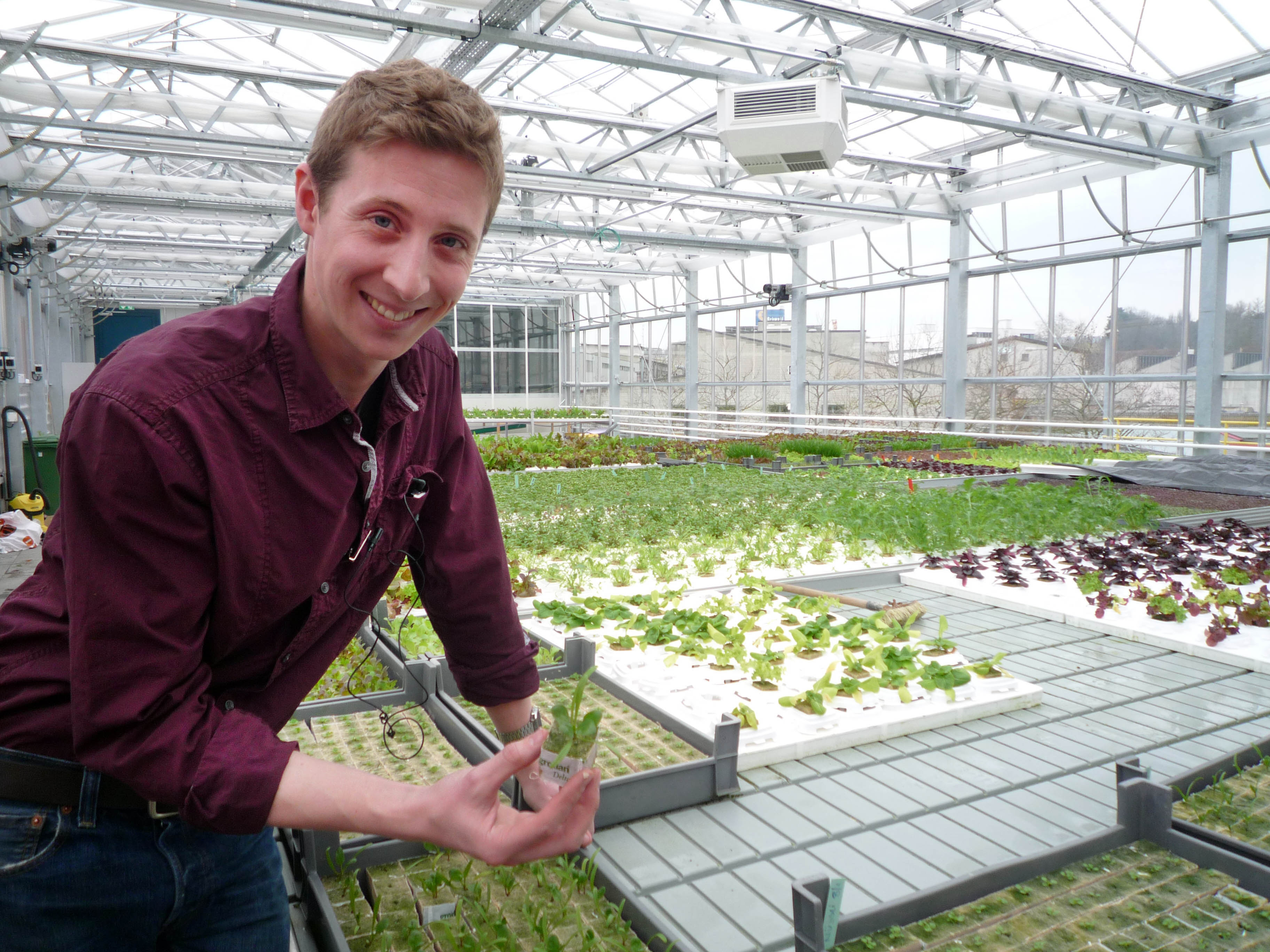
Urban farms have been popping up around the globe and are now becoming serious business. The trend is in its infancy in Switzerland, but there is potential, as a visit to Swiss start-up Urban Farmers and its aquaponic rooftop farm in Basel reveals.
A train driver uncouples a railway wagon then gives a blast of his horn as he slowly pulls out of the Dreispitz depot. Up on the goods yard roof, hidden behind bright orange freight containers, three young farmer-entrepreneurs are also getting their hands dirty planting seeds and feeding fish in their 250-metre-square greenhouse, located in an industrial zone in the northwest Swiss city.
After several years fine-tuning the science and looking for funds, work began last July on UF001 LokDepot, as their SFr1.2-million ($1.2 million) showcase urban farm is known.
Since January the small team has started to see the fruits of their labour: fish and a selection of salads, specialist vegetables and herbs grown on the roof delivered to five local restaurants by bicycle.
The Swiss spin-off from the Zurich University of Applied Sciences in Wädenswil uses a technique called aquaponics – the combination of aquaculture (fish farming) and hydroponics (growing plants without soil in water), whereby fish fertilize plants with their waste, while plant roots extract the water and nutrients they need to grow, cleaning the water for the fish.
In a separate room at the far end of the greenhouse, large pink-and-white tilapia fish splash about in four large tanks. “These guys will be on a plate by the end of the month,” jokes Urban Farmers manager Mark Durno, tossing in a handful of antibiotic-free vegetarian feed.
A network of pipes runs up the walls from the tanks. In a closed symbiotic loop, the nutrient-rich fish water is continuously pumped next door to the greenhouse via a bio-filter where it nourishes rows of plants sitting on floating polystyrene rafts on large flat metal tables or on long plastic channels.
The clean water then flows back into the fish tanks. This is all managed by computer-controlled sensors and other high-tech components to ensure optimal use of energy, light, ventilation and water.
“In terms of a greenhouse this really is a Rolls Royce,” smiles Durno.
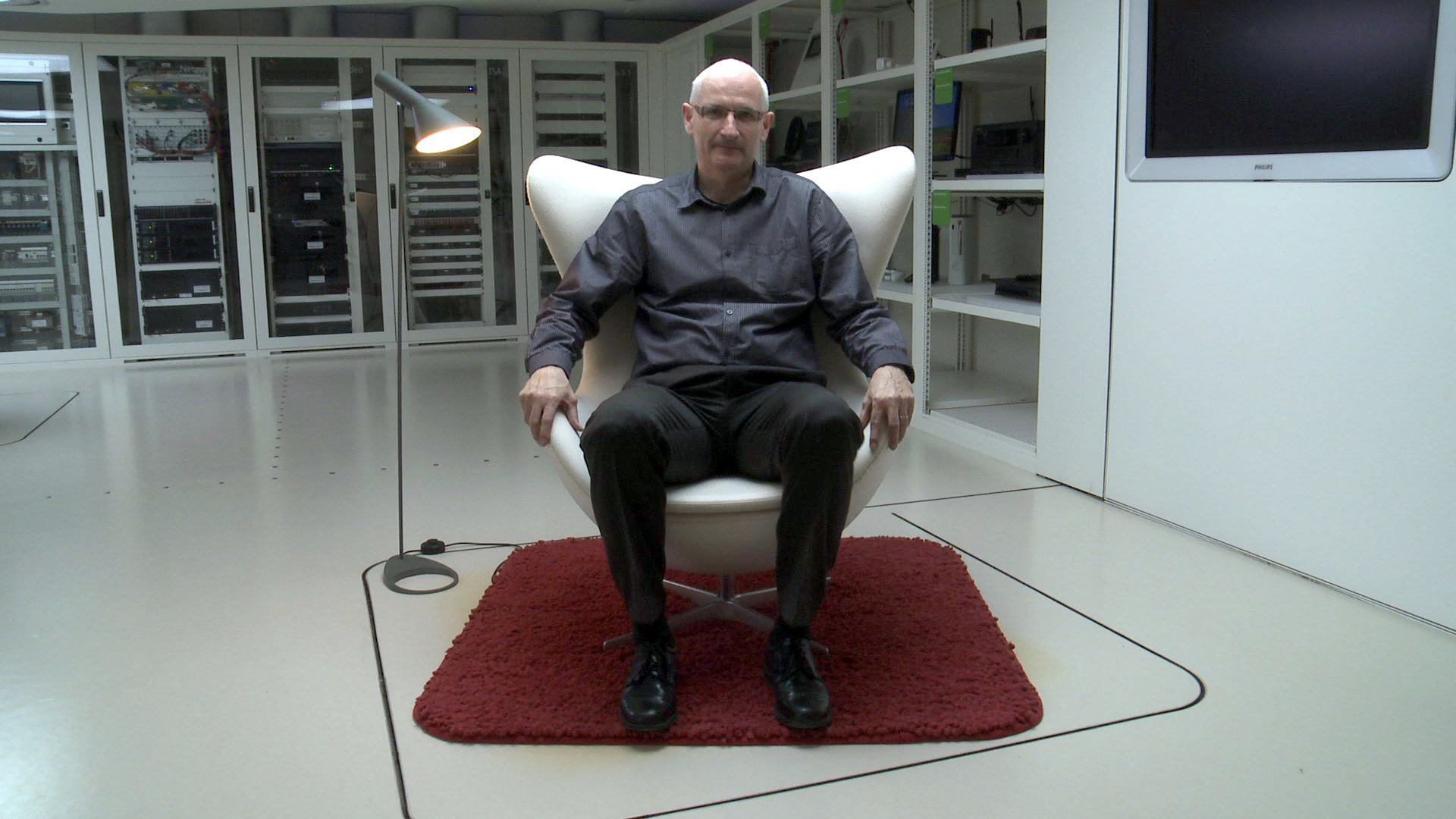
More
Where everyday objects become intelligent
Pairing up with supermarkets
The Swiss project joins a growing movement for sustainable, locally-grown produce in cities.
These range from urban allotments and DIY non-profit community groups, like the families and friends growing vegetables on the site of the demolished Hardturm stadium, the former home of Zurich football team Grasshoppers FC, to professional set-ups taking advantage of roof-tops and ultra-modern farming techniques.
The United States, and especially New York, is providing inspiration for many entrepreneurs with firms such as Gotham Greens and their hydroponic roof-top greenhouse in Brooklyn, and Brooklyn Grange, which grows vegetables in soil spread across 10,000-square metres of rooftop.
On a larger scale, the Bright Farms group has signed agreements with six major US retail chains to develop modern rooftop greenhouses above or near supermarkets.
The Food Urbanism Initiative (FUI) aims to examine the overall impact of food on urban design and to study the potential of new architectural and landscape strategies for the integration of food production, processing, distribution and consumption in the contemporary Swiss city.
In a survey of 2,500 people in Lausanne, over 50 per cent said they were favourable to urban food production. There also expressed an overall willingness to pay more for items like urban tomatoes.
People were also generally willing to spend more time on local non-professional food production if it was facilitated by access to land, knowledge, help or maintenance.
The FUI, which is currently finalising its three-year research project this November, is looking to design small-scale pilot urban farm projects on residual land in the Lausanne and to test a large hectare farm site (one to six hectares) in the centre of Lausanne that would serve as a public-private space for food production. It will also produce guidelines which can be used for the development of similar projects in other cities.
The FUI is part of the Swiss National Science Foundation under the National Research Programme NRP 65 “New Urban Quality”.
Huge potential?
In Basel, the handful of customers at Urban Farmers also seems to be happy.
“It’s a bit more expensive but it’s worth it as they are top products. Their lamb’s lettuce salad is better than the stuff you get at the supermarket,” said Markus Himpsl, chef at the nearby Schmatz restaurant. “It’s a very good idea to provide fresh products in the city.”
The Urban Farmers team expects to be going at full capacity by April and aim to produce five tonnes of vegetables and salads a year and 800kg of fish.
But at 250 square metres, the roof-top farm, which costs SFr120,000 to run, is very much a showcase for the technology and techniques as they gear up for bigger things.
As well as tending their plants and feeding the fish, the team have been showing interested farmers, wholesalers, restaurant owners and chefs around the site. And they are already planning UF002, a 1,000-metre rooftop farm – the point at which the technology becomes commercially viable – for a Swiss trader, which should be operational later this year.
There is huge potential in a city like Basel, which has an estimated two-million square metres of rooftops, claims Urban Farmers.
But it’s not that easy, argues Craig Verzone, an architect involved in the Swiss-based Food Urbanism Initiative (see infobox) that looks at the interaction between the urban environment and local food production:
“Many existing buildings are unable to take the extra load of a greenhouse, so there are lots of complications renovating buildings. In the future we are more likely to see urban greenhouses on new buildings as its easier to do.”
Work is meanwhile continuing at Urban Farmers to simplify their greenhouse controller so that in the future you can check the fish temperature or weather conditions on your iPhone. Once the system has proven itself, the long-term objective is to strike deals with supermarkets to install aquaponic greenhouses on their roofs.
These are still early days for the young start-up. And Durno admits there is still lots of scepticism that modern urban farms can produce sufficient amounts of food to be cost effective.
“My father is a traditional farmer in Scotland,” he adds. “Trying to explain to him how to make money out of a 250-square-metre greenhouse in the middle of a city is hard. But I say to him to come back in five years. People need to be shown how it works. We need to put our money where our mouth is. It’s an easy thing to discuss but actually doing it is important.”

In compliance with the JTI standards
More: SWI swissinfo.ch certified by the Journalism Trust Initiative

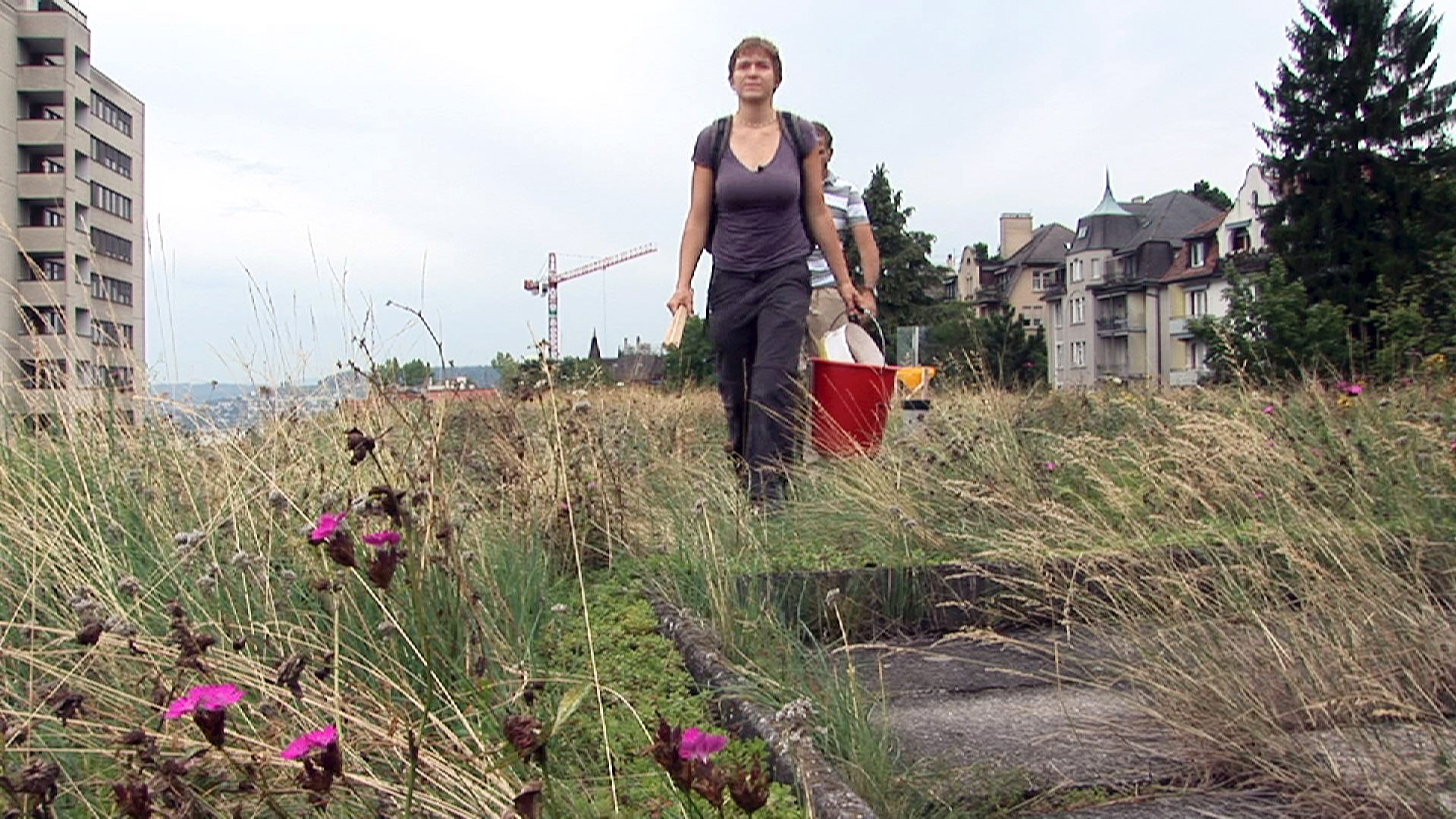
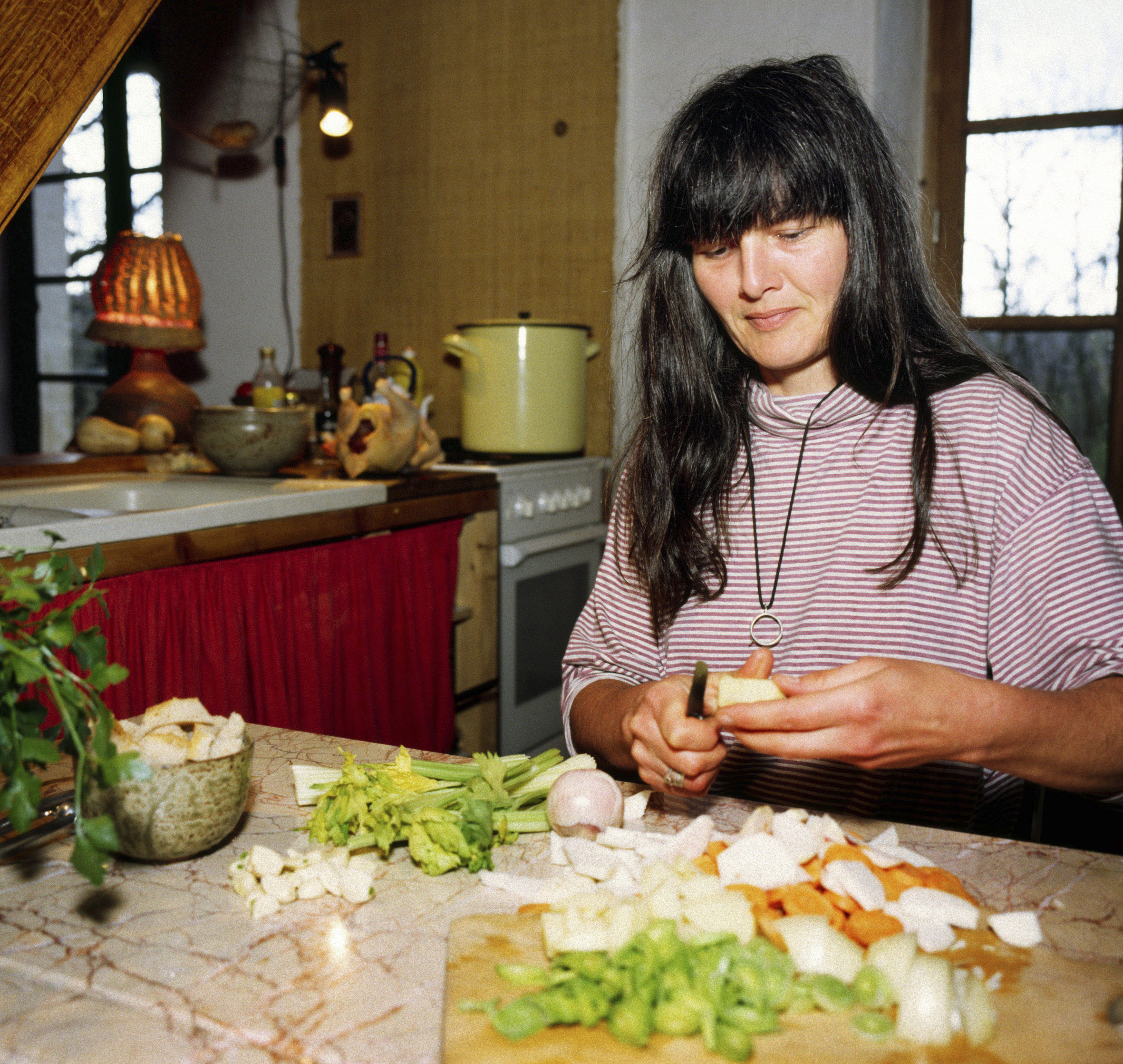
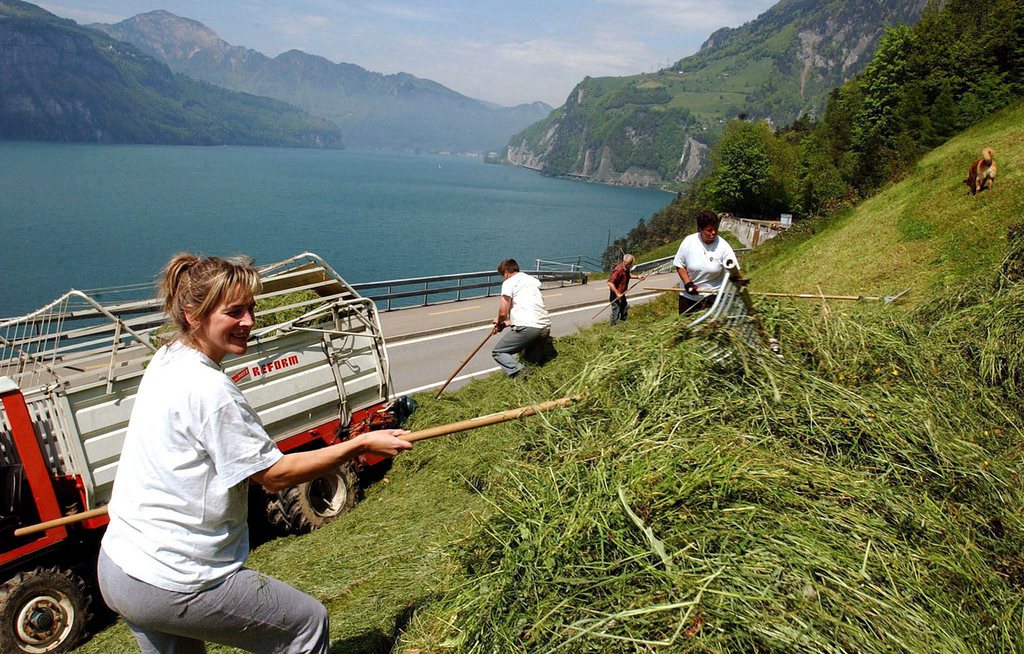
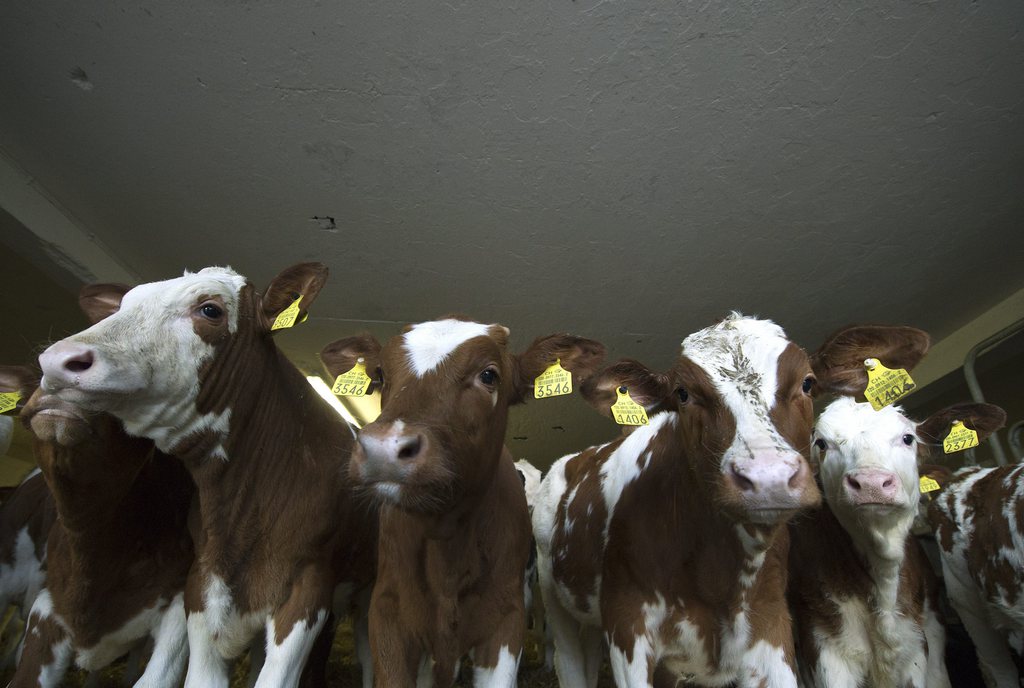
You can find an overview of ongoing debates with our journalists here. Please join us!
If you want to start a conversation about a topic raised in this article or want to report factual errors, email us at english@swissinfo.ch.